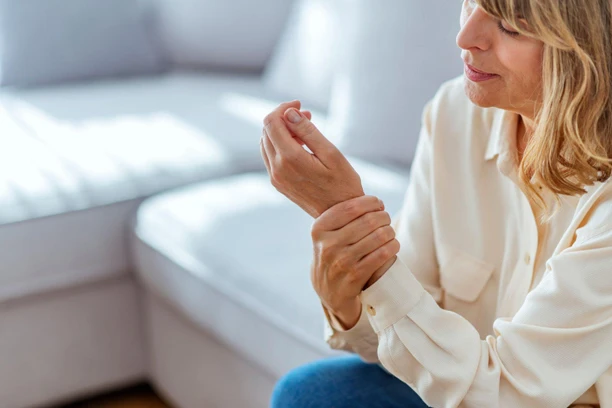World Osteoporosis Day, which is observed on October 20 each year, aims to increase public awareness of the condition that adversely affects a person’s bone health.
Because to this illness, a person’s bones become so fragile that they can break with the smallest impact.
Statistics show that one in three women over 50 get an osteoporotic fracture. The risk is the same for one in five males, but only around 20% of osteoporosis sufferers are fortunate enough to receive a diagnosis and treatment.
The International Osteoporosis Foundation has chosen “Step Up for Bone Health” as the theme for World Osteoporosis Day in 2022.
The goal of World Osteoporosis Day is to increase public knowledge of the illness, its signs and symptoms, and ways to avoid and treat it. Additionally, it informs people about the significance of routine testing for early osteoporosis diagnosis.
What is Osteoporosis?
A condition known as “porous bone” causes the bone to lose quality and density, making it more brittle and susceptible to injury. The loss of bone happens gradually and silently until it is eventually detected or until the first fracture occurs.
Since the time of birth, the bones have been living tissues that continuously alter. The bones of a person are growing and strengthening up until they are in their adolescence. Peak bone mass, which occurs in the early 20s, is when bones are at their densest.
When people age, the process of remodelling begins as the bone cells resorb the bone matrix and the newly formed bone cells deposit osteoid (formation). When an individual has osteoporosis, their rate of bone loss exceeds their rate of bone regrowth. The bones become porous and brittle. To maintain the density of the bone, the daily tiny removal of bone (resorption) needs to be balanced with the deposition of new material.
Osteoclasts and osteoblasts, two fundamental cell types with distinct origins, control both bone resorption and bone deposition. The cell membrane of osteoclasts is equipped with extremely active ion channels, which pump protons into the extracellular space and reduce the pH in their surroundings. Osteoblasts lay down the new material as a result of the pH drop that dissolves the bone mineral.
The Care Gap
The severe effects of osteoporotic fractures on millions of people around the world result in significant socioeconomic costs to society and healthcare systems. One in three women and one in five men over the age of fifty are at risk for osteoporotic fractures worldwide. Hip, spine, and wrist fractures are common in osteoporosis patients. As a woman or man ages, the hip and spine are the two areas that are more susceptible to fractures.
Particularly concerning are hip and vertebral (spinal) fractures. Spinal fractures can have major side effects, such as height loss, excruciating back pain, and deformity (also known as Dowager’s Hump). Surgery is frequently required for hip fractures, which can lead to loss of independence or even death.
Action Plan for Prevention, Diagnosis and Treatment
Osteoporosis is a condition that can be avoided by eating a diet that is appropriately nutritive and getting enough calcium. Avoid the undernutrition diet, which is primarily associated with eating disorders and weight reduction programmes. Preventing the condition involves maintaining a sufficient amount of vitamin D and engaging in frequent weight-bearing activities. To reduce the risk of developing the condition, heavy drinking and smoking should both be avoided.
Although osteoporosis is largely treatable, the likelihood of many fractures can rise with the right combination of lifestyle modifications and medication. Osteoporosis can affect both men and women, thus it is crucial to concentrate on preventing the disease and related fractures in order to live a long and fulfilling life.


One Comment
Pingback: A Guide To Keep Your Bones Healthy | Sujata Birla Hospital